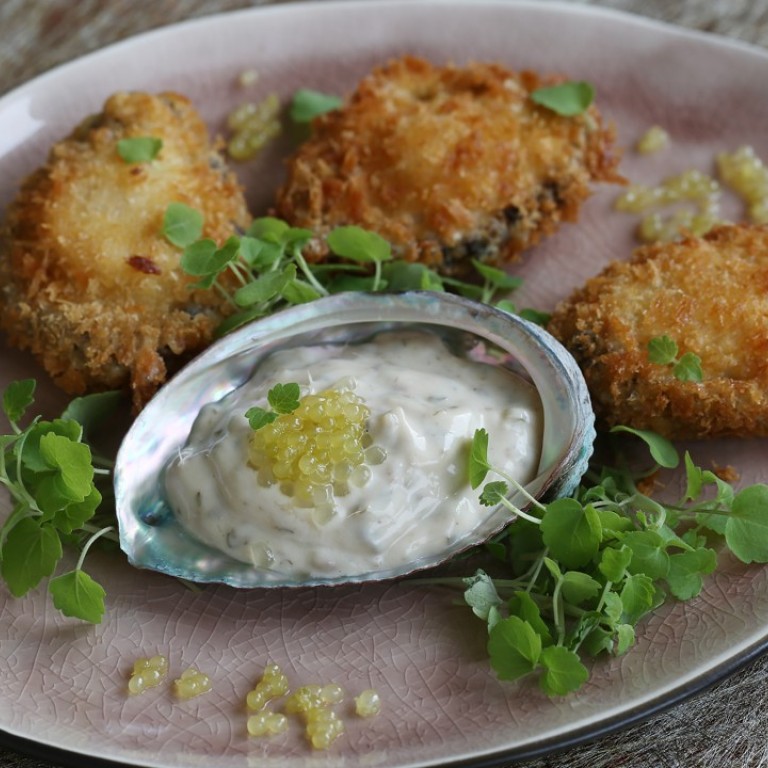
Seven cooling summer recipes that won’t overheat you or your kitchen
Summer is well and truly on its way in Hong Kong and the last place you want to be stuck is in a baking hot kitchen. Here are Susan Jung’s suggestions for quick, delicious dishes that will keep cooks feeling cool and refreshed
Click on dish names for the full recipes and cooking instructions.
1. Fresh abalone schnitzel with anchovy and caper mayonnaise (above)
When I lived in California, high-end seafood restaurants often served a simple but delicious dish of large abalone that had been sliced, pounded to tenderise, and dipped in batter and breadcrumbs before being pan-fried. I wanted to try making a similar dish using the small fresh abalone commonly available in Hong Kong. This is one of the easiest, quickest and most delicious ways to cook small fresh abalone.
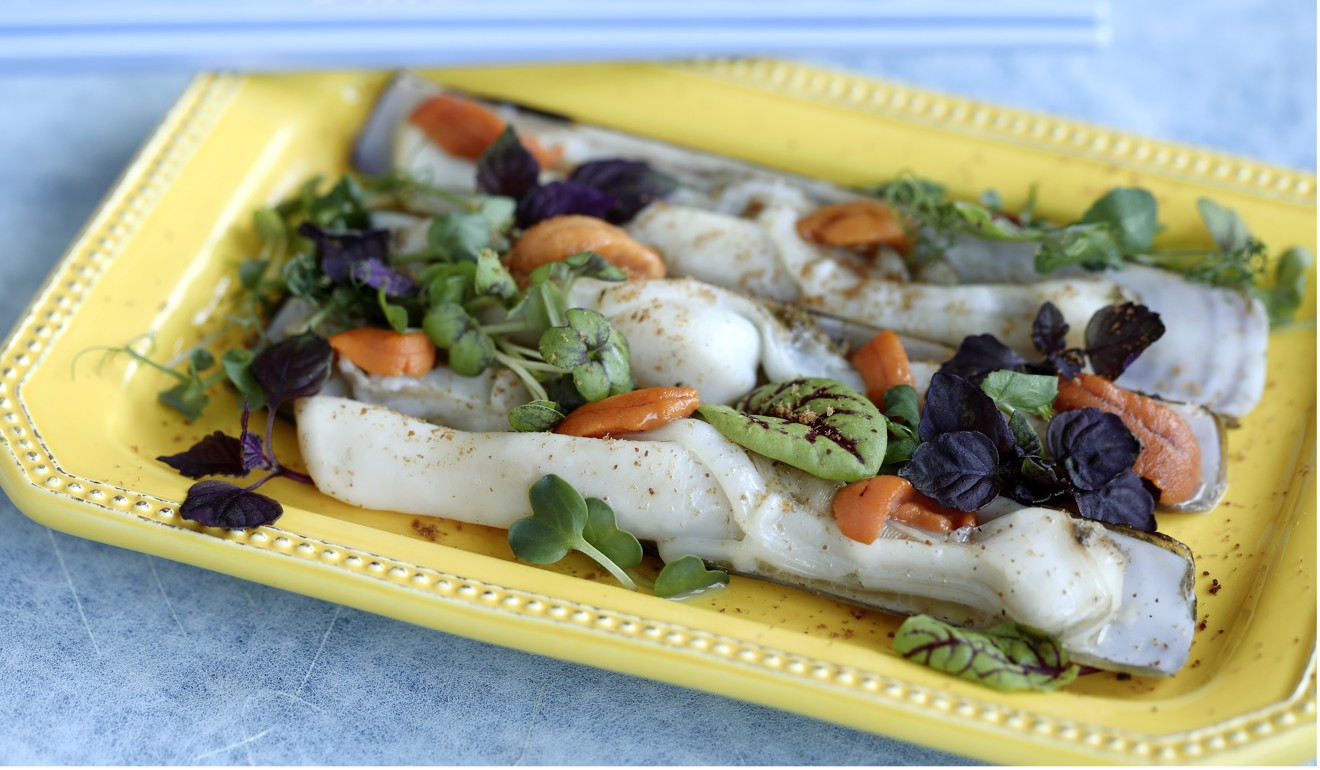
2. Grilled razor clams with uni and karasumi
I use the grill element of my oven a lot, not just to brown the surface of foods that I’ve baked in the oven, but also to quickly cook dishes. This easy recipe takes less than 10 minutes to prepare from start to finish and is also quite luxurious because of the uni. The clams themselves only need to be cooked for about a minute, or until the clam meats starts to curl.
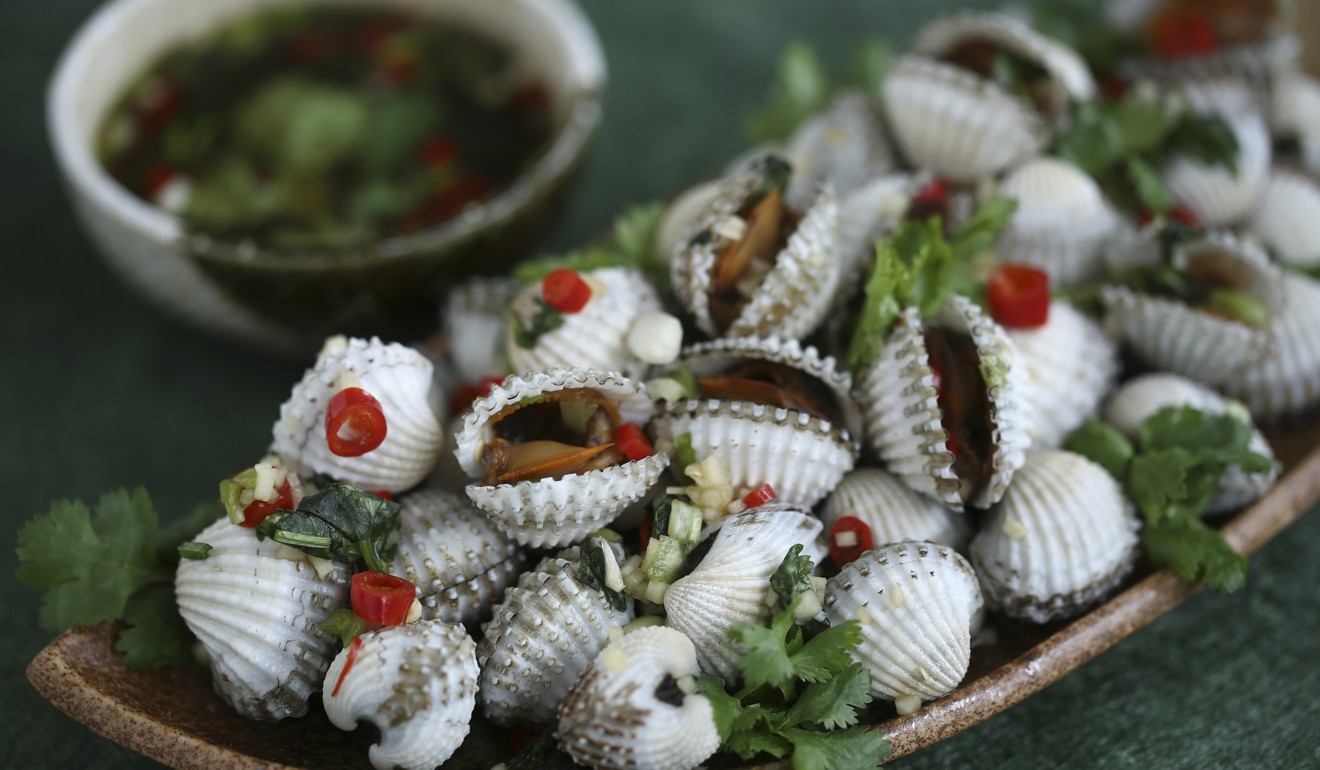
3. Chiu Chow-style marinated cockles
This dish couldn’t be easier to make, except for two drawbacks: it’s hard to find cockles in Hong Kong, and once you have them, they need to be cleaned very thoroughly. I see them fairly often in the seafood section of Tai Po Market, and you can try ordering them from shops that specialise in Thai ingredients, especially those in Kowloon City.
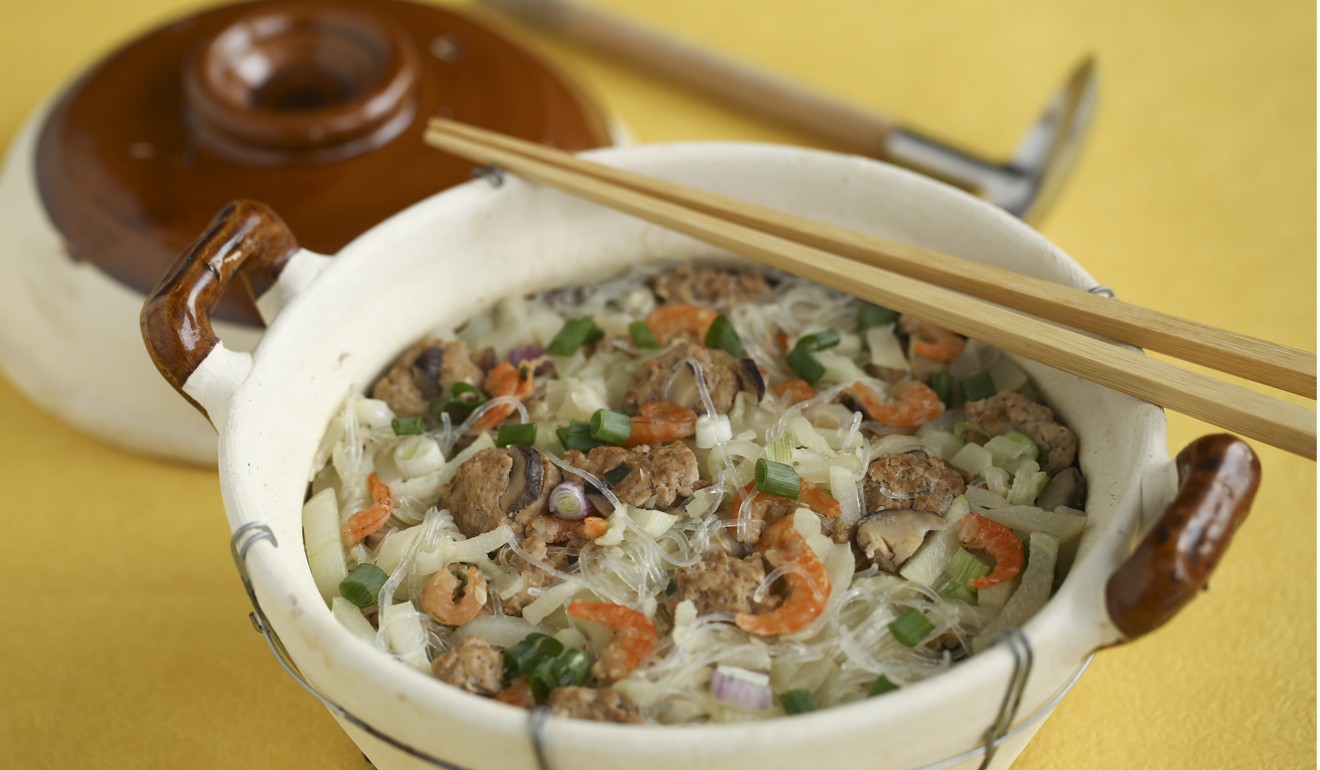
4. Fuzzy melon with dried shrimp, pork meatballs and glass noodles
Many Chinese believe that winter melon, fuzzy melon, Chinese okra (also called angled loofah) and bitter gourd are “cooling”, which is why you’ll see these vegetables piled high in the market when the weather becomes hot and humid. Most of them have mild, subtly sweet flavours (except, of course, bitter melon, which is an acquired taste). Fuzzy melon (mo gwa in Cantonese), also known as hairy melon or gourd, is delicious in this light, homey, soupy dish that is quick to prepare and cook.

5. Sakura ebi aglio e olio pasta
Sakura ebi are tiny pink shrimp. This is a Japanese-Italian dish that combines sakura ebi (and a few other Asian ingredients) with aglio e olio – the classic Italian garlic-and-oil pairing that’s cooked with chilli flakes and served with pasta and grated cheese. I’ve omitted the cheese and substituted dried shrimp roe, which is another umami-rich ingredient.
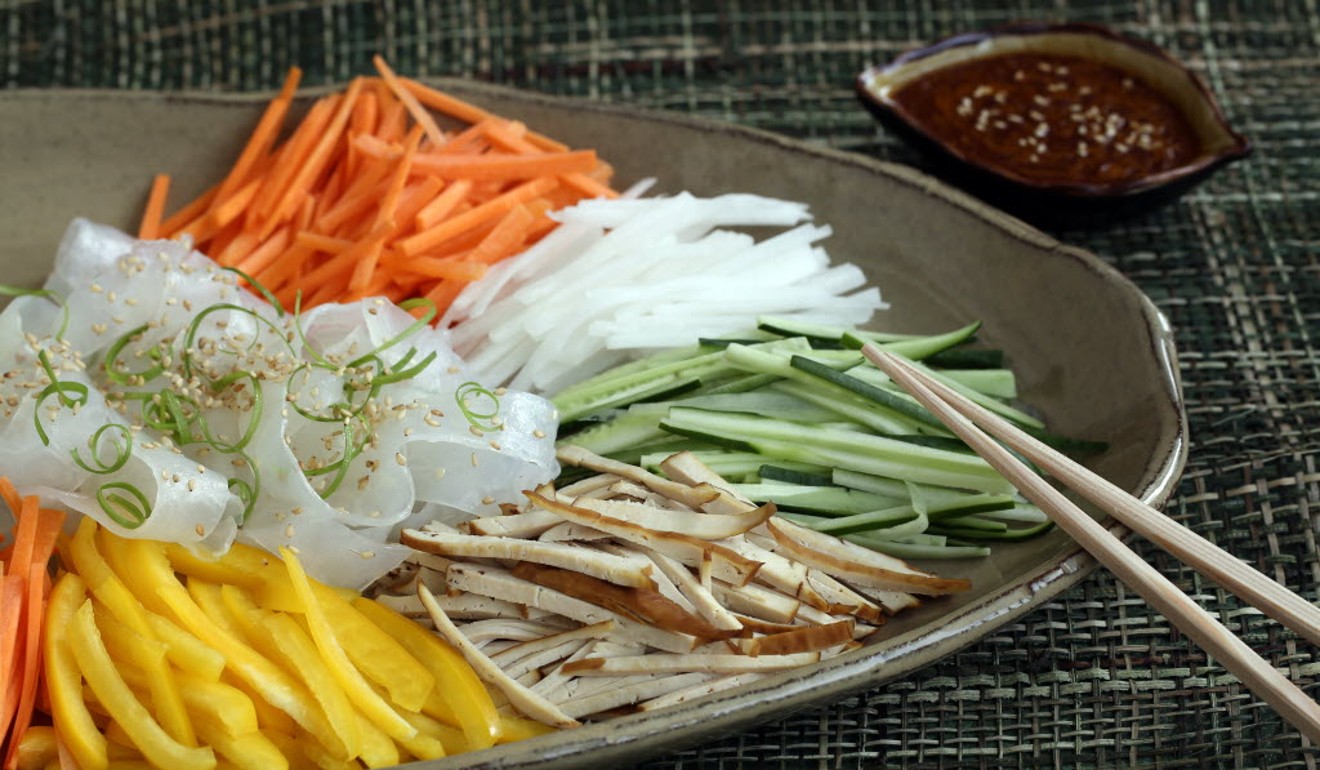
6. Mung bean noodles with vegetables, pressed bean curd and spicy sesame dressing
These last two dishes are great for when it’s swelteringly hot outside because they require absolutely no cooking and are quite light. This mung bean noodle dish isn’t a difficult dish to make, but it’s important for visual appeal that the vegetables are sliced to about the same size. Apart from the mung bean noodles and sesame dressing, there are no rules for the other ingredients to use, although you should always have a good mix of colours. I used carrot, cucumber, yellow bell pepper, white radish and pressed bean curd.
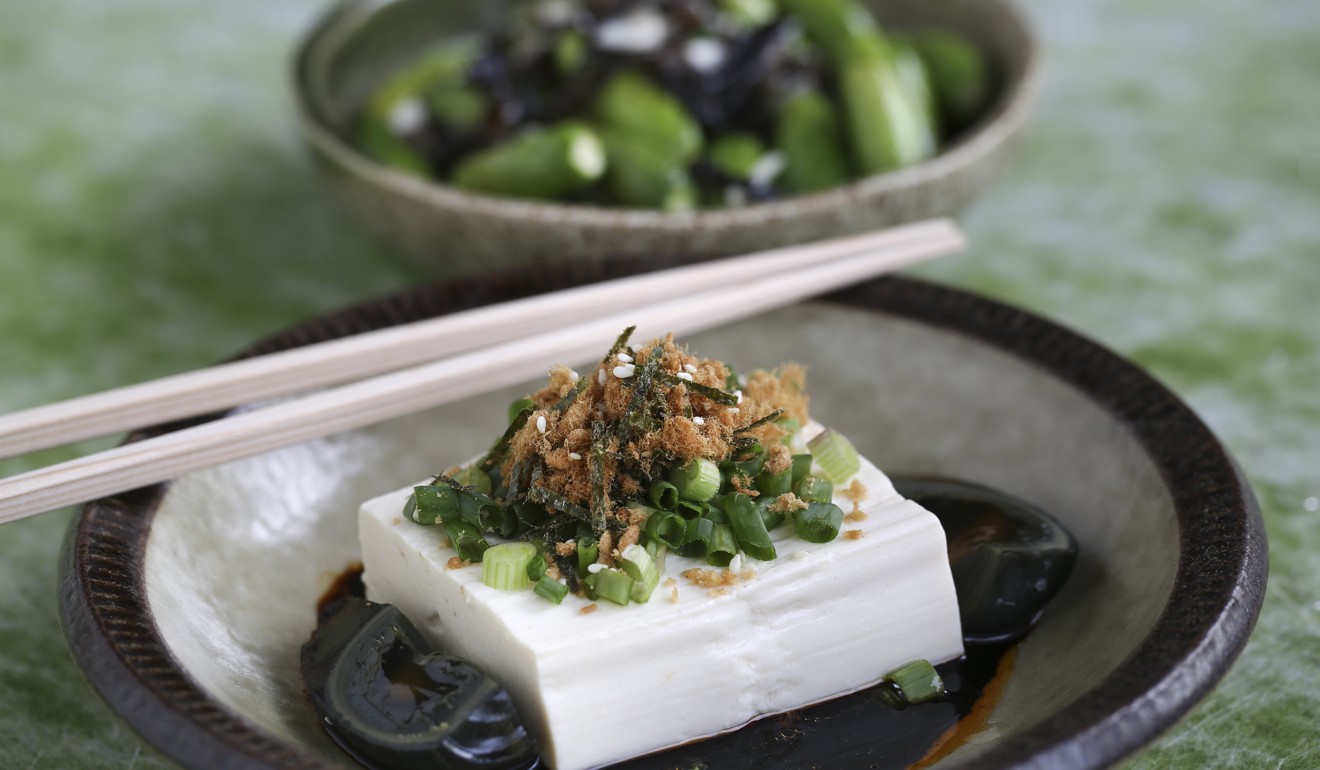
7. Cold bean curd with century egg, spring onion and pork floss
I always have the ingredients on hand for this dish, which takes only a few minutes to assemble. I often make a quadruple batch of the sauce and keep it in a small jar in the pantry, so the meal is even quicker to prepare the next time. The pork floss I like is flavoured with shredded seaweed and sesame seeds, but use whatever type you prefer. Ikura – salmon roe – makes a delicious substitute for the pork floss.

